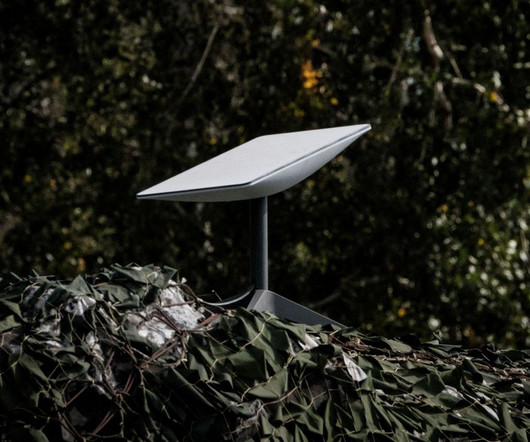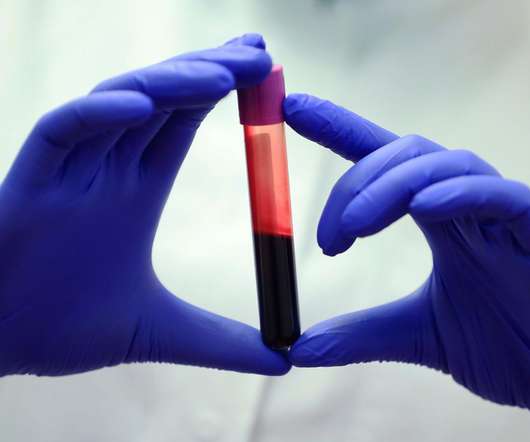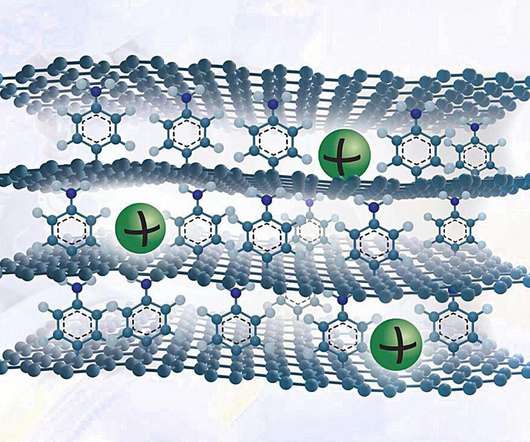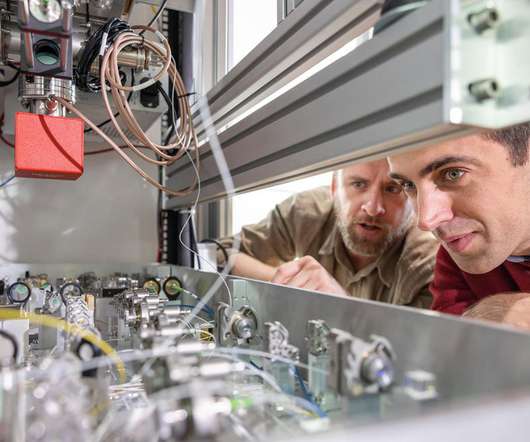Sandia team boosts hydrogen production activity by molybdenum disulfide four-fold; low-cost catalyst for solar-driven water splitting
Green Car Congress
OCTOBER 7, 2015
Because of this, a commercial catalyst would require a huge amount of MOS 2. The idea was to understand the changes in the molecular structure of molybdenum disulfide, so that it can be a better catalyst for hydrogen production: closer to platinum in efficiency, but earth-abundant and cheap. Molly is dirt cheap and abundant.



























Let's personalize your content